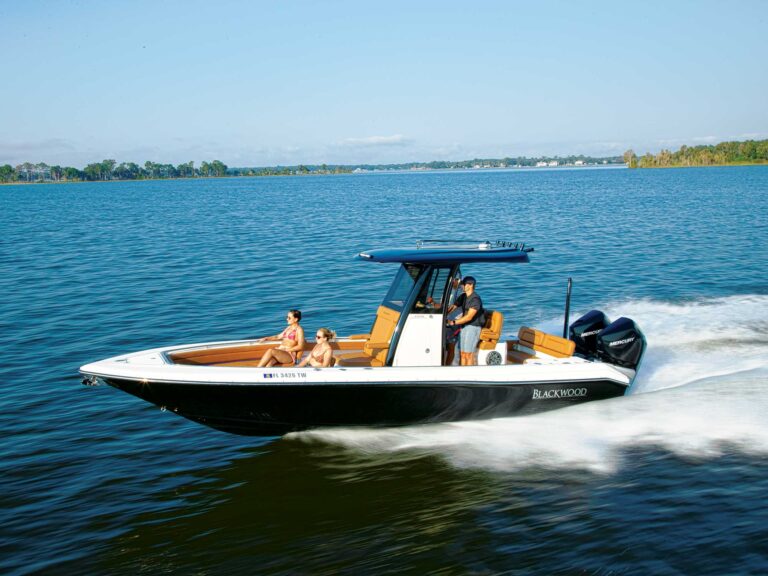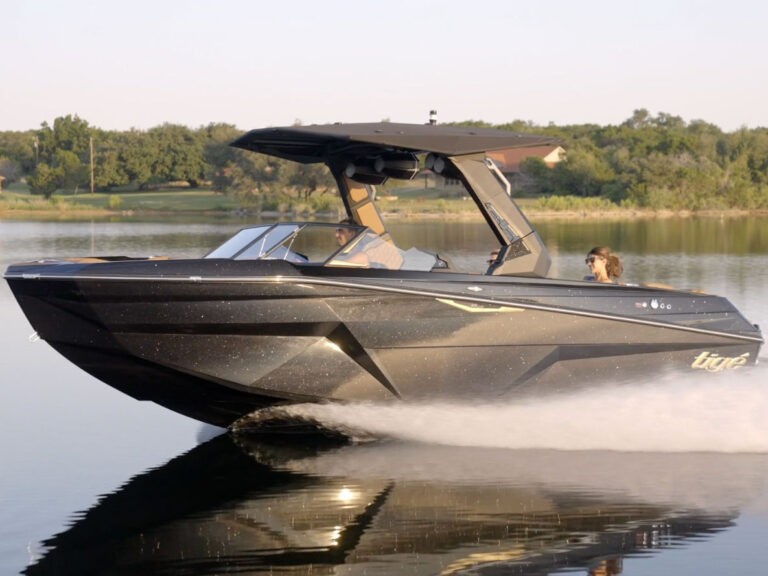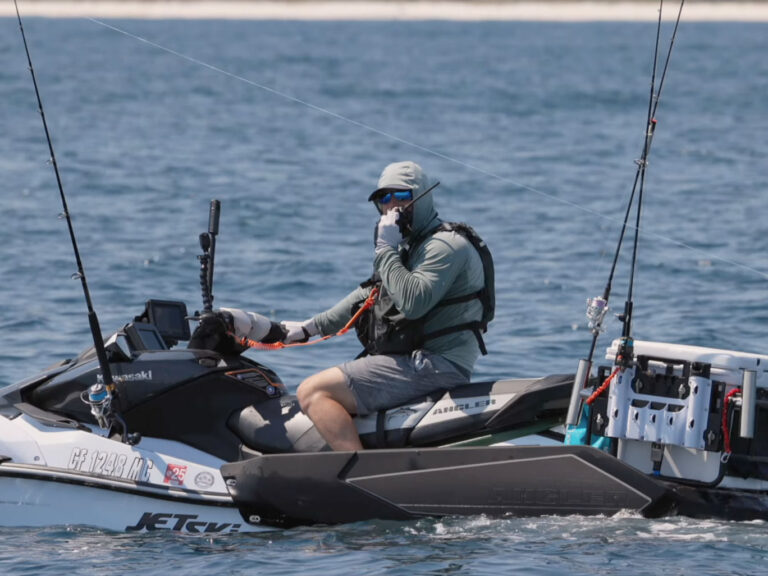
I’ve run out of gas on the water more times than I’d like to admit. In each instance, I received a friendly tow back to the marina or got a couple of gallons of gasoline from a towing service or a good Samaritan with a jerry can.
But now, in the past few months alone, I’ve tested three electric boats. As the rise of electric vehicles continues, and we see more and more boats powered by batteries, the question becomes: What do you do if you run out of energy?
Range Anxiety
From talking to people who have driven electric cars and who work in the auto industry, range anxiety is a real thing. It involves constantly checking your battery power levels and stressing over whether you have enough juice to get where you need to go. It’s no different with electric boats. And it’s with good reason. If you run out of battery power on a boat, you’re facing a slow tow home because there’s no battery-powered equivalent of a jerry can.
So, how to prepare? The old saw that most boaters rely on when they leave the inlet is the rule of thirds: Use a third of your fuel to get to your destination, a third to get back, and always have a third in reserve. The same could be said of operating your electric boat, only with the caveat that if you break from it, there might not be a place to recharge on the water—and recharging could add hours to your trip.
And bear in mind that, just like with using gas or diesel engines, an electric vehicle’s efficiency can decrease if fighting against wind, current or rough seas. This is a generalization, but most planing hulls we know of with electric propulsion have a range of between 30 to 50 miles at their most economical cruising speeds, so if your day’s plan on the water falls somewhere in between those numbers, you’ll need to plan where and when to stop for a charge. This likely won’t be an issue if you’re on your local lake. But if you run the Intracoastal or poke outside the inlet, you’ll need to account for a juice break. If you boat near a marina offering shore power, you’ll be able to grab a quick boost on the water. As with your phone, you might not need a full charge to get the job done and get home. But if you do need a full charge, hooking up through a 120-volt power outlet could take up to 10 hours. A 240-volt hookup halves that time. In the future, expect marina stations with high-speed charging capacity to get you on the water sooner.
Read Next: Electric Outboard Repowering on a Boston Whaler Super Sport
Speed Management
One of the surprising things I’ve noticed about electric boats is how easy it is to get up to speed. That’s because there’s no transmission involved, so the battery delivers the power directly to the drive. The result? An effect I’ve heard other boaters refer to as instant torque. Hitting the throttle on an electric boat is so smooth and effortless that it’s easy to default to a performance speed, which will drain the battery system quickly if you’re not paying attention. If you’re looking to run for an extended period of time, you have to be hyper-vigilant about running at the most economical cruising speed.
If you do it right and plan ahead, you’ll have just as much an enjoyable day on the water as you would aboard a boat powered by fossil fuel—and you won’t have to worry about sticker shock at the pump.









